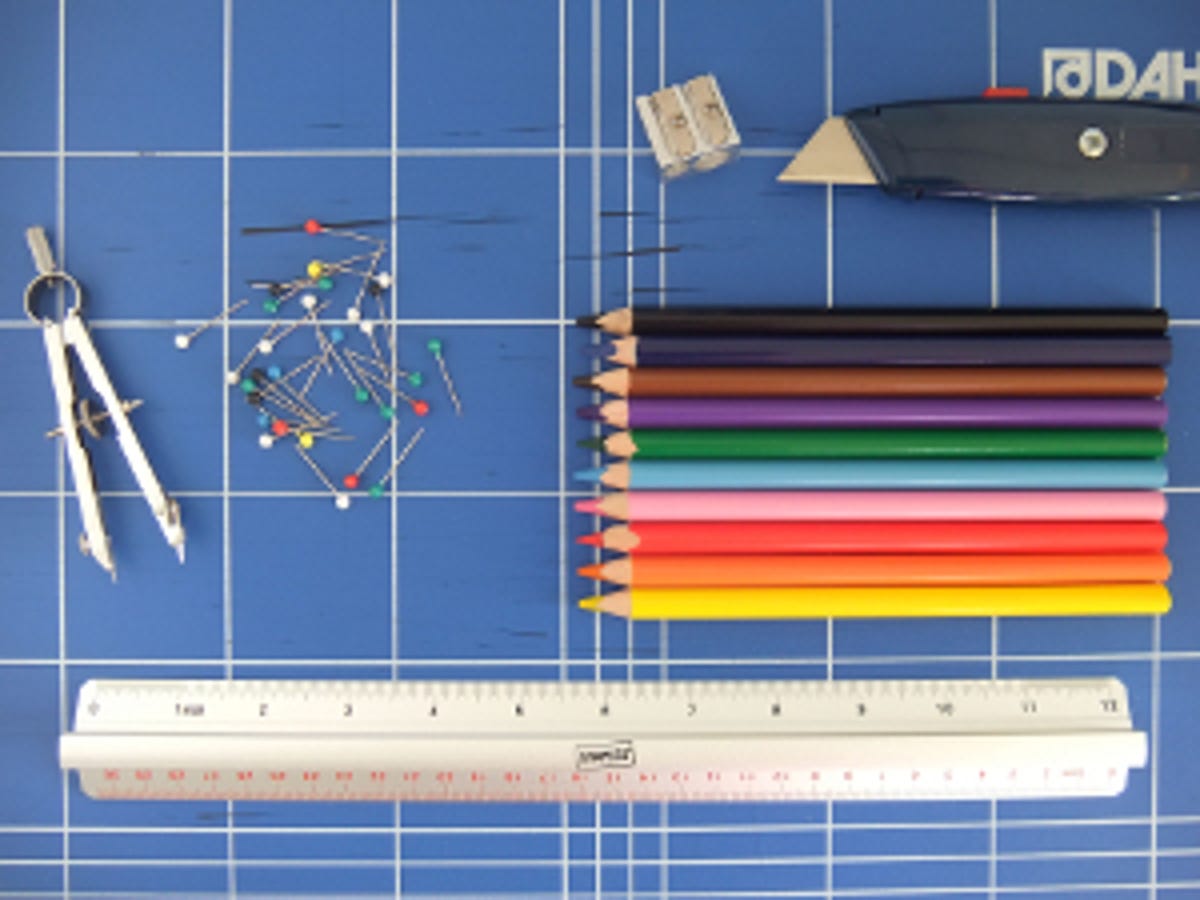 Why You Can Trust CNET
Why You Can Trust CNET Fujifilm FinePix Real 3D W1 review: Fujifilm FinePix Real 3D W1
Fujifilm deserves a substantial pat on the back for creating the FinePix Real 3D W1. Not only does it function as a normal compact camera, but it can also use its two lenses to produce strikingly effective 3D images. This snapper's not without its downsides, but it's capable of some impressive results
Here's a little-known fact: early Pentax Optio compact cameras used to come with a 3D mode and a pair of cardboard glasses for viewing your home-made prints in three dimensions. Now Fujifilm's found a way to view 3D pictures without the specs, thanks to the ground-breaking, stereoscopic FinePix Real 3D W1, which is available for around £480.
The Good
The Bad
The Bottom Line
Easy 3D
When it works, the 3D effect produced by this camera is quite striking, and yet it's no more difficult to use than a typical point-and-shoot compact. A button on the back switches between the 2D and 3D modes (yes, you can use it like a normal camera), and that's pretty much all you need to know. The camera has to adjust the parallax of the two lenses (the angle they converge at) depending on the subject's distance, but that's automatic. If you do see double outlines, there's a pair of parallax-adjustment buttons to fix the problem before you shoot.

The LCD display shows you a 3D view live, as you compose your shots. There's no in-camera trickery going on later to conjure the 3D effect out of your captured images -- you can see it right from the start.
You're not restricted to 3D stills, either -- the W1 can shoot 3D movies too. You can play back stills and movies on the camera's own 3D LCD, on the separate FinePix Real 3D V1 viewer or as special 3D prints ordered via Fujifilm's online 3D printing service.
Serious downsides
There are three big negatives to the W1, though: its design, 3D limitations and cost. The camera's design is probably the least serious of the three. The problem the W1 has is that it's about twice as big in real life as it looks in pictures. It's also heavy and slippery, and it has some seriously awkward controls. The slide-down front panel which exposes the lenses doesn't really give your fingertips anything to grip, and the left-most lens is right where your left index finger's going to be as you try not to drop the camera while you're fiddling with the buttons on the back.
The 3D limitations are going to strike you pretty much straight away, and the manual and the 3D printing site spell them out: shoot subjects between 3 and 5m away, don't shoot in the portrait format, don't shoot close-ups, shoot a couple of people but not groups of people, avoid Wednesdays, watch out for dachshunds, and so on.
This 3D effect relies on pretty specific subjects, distances and orientations. When it works, it's great. When it doesn't, it's like looking at the LCD with eyeballs that have just spent 60 seconds in a cocktail shaker. In addition, you can only view your 3D images using the specially designed 3D display media. Standard paper and screens can't do it.
That brings us round to the cost. The camera's not massively expensive at around £480, but Fujifilm's 8-inch 3D viewer will set you back another £370, while each 6-by-4-inch 3D print you order from the Fujifilm site will cost you £4.
Conclusion
The FinePix Real 3D W1 is clever, it works, and Fujifilm deserves a pat on the back for trying something new. But it's rather awkward to handle, the 3D effect only works with specific sorts of subjects, and the whole 3D experience could cost you a fortune. The key point, perhaps, is that you can't go around shooting everything you would normally shoot and expect it to work in 3D.
Edited by Charles Kloet
